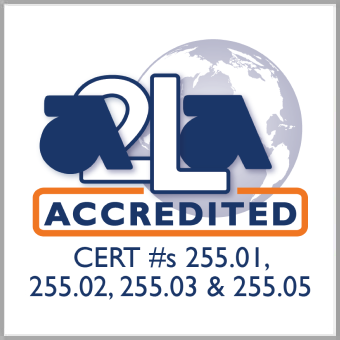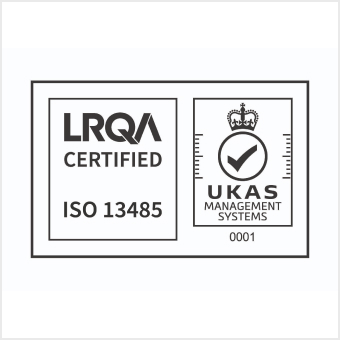Viral Penetration Using Phi-X174 Bacteriophage
- Introduction
- Overview of viral penetration studies and their significance.
- Explanation of bacteriophages and their relevance in viral research.
- Focus on the Phi-X174 bacteriophage as a model organism in viral penetration testing.
- Viral Penetration: Basic Concepts
- Definition and mechanisms of viral penetration.
- The stages of viral entry into host cells.
- Factors affecting viral penetration (host cell type, virus structure, environmental conditions).
- Phi-X174 Bacteriophage: Background
- History of Phi-X174.
- Structure of Phi-X174 virus (icosahedral symmetry, genome, and capsid).
- Genetic and biological characteristics of Phi-X174.
- Why Phi-X174 is used in viral penetration studies.
- Comparison to other bacteriophages used in similar research.
- Testing Methodology: Phi-X174 Bacteriophage as a Model for Viral Penetration
- Principles of bacteriophage testing in laboratory settings.
- Detailed experimental design for Phi-X174 penetration studies.
- Overview of the host organisms used in testing (typically Escherichia coli as the host).
- Preparation of the bacteriophage and host culture for testing.
- Common laboratory setups (plates, liquid media, etc.).
- Experimental Techniques for Studying Viral Penetration
- Electron Microscopy: Imaging viral particles and penetration processes.
- Fluorescence Microscopy: Tracking penetration events using labeled phages.
- Flow Cytometry: Measuring viral entry into cells.
- Plaque Assays: Quantifying the infectivity of Phi-X174 post-penetration.
- Real-Time PCR and qPCR: Detecting and quantifying viral DNA post-entry.
- Proteomics and Genomics: Analyzing changes in host cells during and after viral penetration.
- Mechanisms of Phi-X174 Penetration into Host Cells
- Adsorption to host cell surface.
- Initial interaction with bacterial receptors.
- DNA injection and its role in infection initiation.
- Understanding the DNA release process.
- Influence of external factors on penetration efficiency (e.g., temperature, pH, ionic strength).
- Host cell machinery involved in the uptake of viral particles.
- Viral Penetration Dynamics
- Kinetics of viral binding, entry, and replication.
- Mathematical models for viral penetration and infection rates.
- Influence of different concentrations of bacteriophage on penetration rates.
- The role of bacterial defenses in penetration (e.g., CRISPR-Cas system).
- Phi-X174’s ability to overcome host defense mechanisms.
- Advanced Topics in Viral Penetration with Phi-X174
- Comparative studies between Phi-X174 and other viruses (e.g., T4 bacteriophage).
- The role of membrane potential in viral entry.
- Impact of different bacterial strains on penetration efficiency.
- Effect of temperature and other environmental conditions on penetration.
- Penetration in biofilm environments vs. planktonic cells.
- Novel approaches to enhance or inhibit viral penetration.
- Applications of Phi-X174 in Biomedical and Environmental Research
- Role in antimicrobial resistance studies.
- Applications in phage therapy.
- Studying viral penetration for the development of vaccines and antiviral drugs.
- Use of Phi-X174 in nanotechnology and biosensing.
- Environmental applications, including bioremediation and microbial monitoring.
- Challenges and Limitations in Viral Penetration Testing
- Inherent variability in experimental results.
- Issues related to host strain selection and preparation.
- Complexity of studying penetration in complex environments (e.g., human tissue or biofilms).
- Limitations of in vitro models compared to in vivo conditions.
- Ethical considerations in viral penetration studies.
- Case Studies of Phi-X174 in Penetration Testing
- Detailed analysis of significant studies and findings.
- Case study 1: Analysis of Phi-X174 penetration under different temperatures.
- Case study 2: Investigating the effect of ion strength on viral entry.
- Case study 3: Studying the impact of bacterial resistance mechanisms.
- Case study 4: High-throughput analysis of viral penetration using Phi-X174.
- Future Directions in Viral Penetration Research
- Emerging techniques for studying viral penetration (e.g., single-cell analysis, cryo-EM).
- Potential developments in phage therapy and viral penetration control.
- Genetic engineering of bacteriophages to improve penetration efficiency.
- Evolution of phage-host interactions and the dynamics of viral penetration.
- The role of Phi-X174 in future viral research.
- Conclusion
- Summary of key findings in viral penetration research using Phi-X174.
- The ongoing importance of Phi-X174 in understanding viral behavior and interactions.
- Potential future impacts of these studies in medical, environmental, and biotechnological fields.



